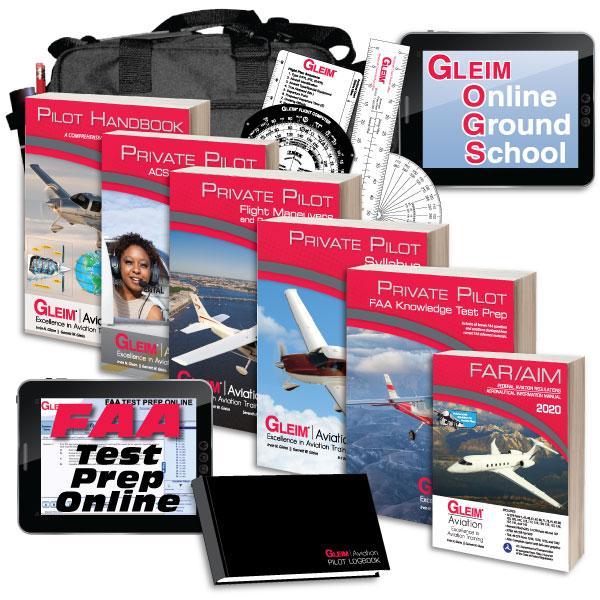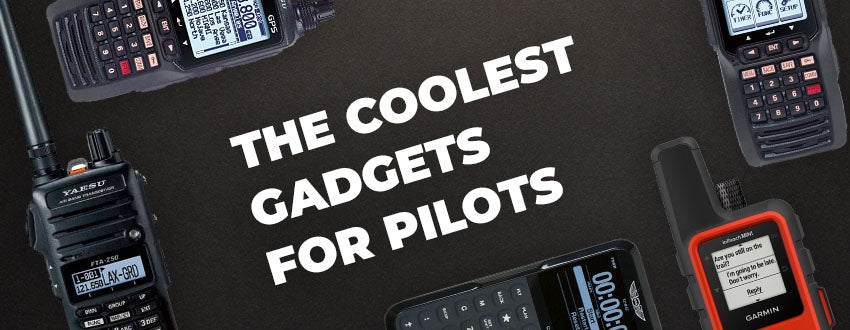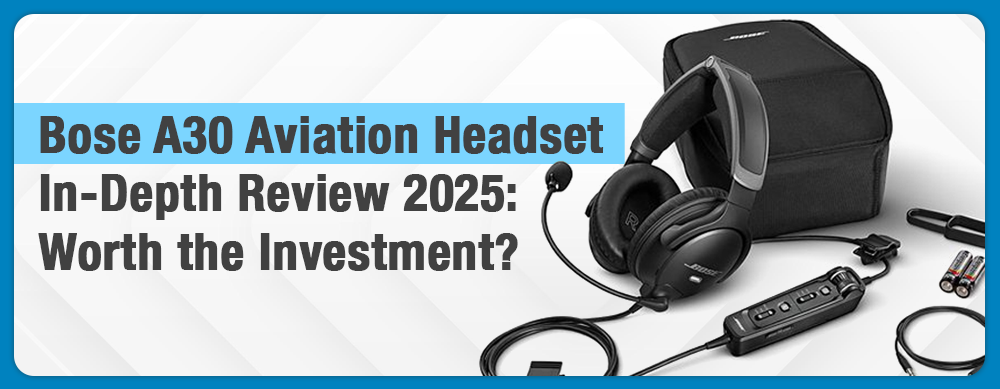Are you a student pilot getting ready to log your first cross-country flight? Perhaps you have been flying for a while and want to check in to see what tips other pilots have when it comes to cross-country flying. Either way, you are in the right place.
Today we will share 10 must know tips that will set you up for success on your next cross-country flight.
Table of Contents
1. Know the FAA rules about cross country flights
If part of the purpose of your cross country flight is to gain experience and log time for a private pilot certificate, commercial pilot certificate, or an instrument rating, you want to make sure your flight characteristics meet the FAA’s requirements.
Some flights can legally be logged as cross country, but they can’t be applied towards earning a certification.
The differentiating factor for certification flights is the location of the furthest landing point in relation to the point of departure.

Legally loggable cross-country flights
At its most basic, in FAR 61.1, the FAA says that cross-country time is that which is acquired during flight and:
- Is conducted by a person who holds a pilot certificate
- Is conducted in an aircraft
- Includes a landing at a point other than the point of departure
- Involves the use of dead reckoning, pilotage, electronic navigation aids, radio aids, or other navigation systems to navigate to the landing point
Flights that count toward earning certificates and ratings
To meet experience requirements for a private pilot certificate, commercial pilot certificate or an instrument rating, your flight must also:
- Include a point of landing that is at least a straight-line distance of more than 50 nautical miles from the original point of departure
To meet the experience requirements for a sport pilot certificate (except powered parachute), your flight must meet the basic requirements and:
- Include a point of landing that is at least a straight-line distance of more than 25 nautical miles from the original point of departure
For either sport or private pilots with a powered parachute rating, to count your flight must meet the basic requirements plus:
- Include a point of landing that is at least a straight-line distance of more than 15 nautical miles from the original point of departure
What distance does the FAA consider as cross-country?
A cross-country flight is considered a flight of 50 nautical miles total point to point distance from the departure airport to another airport.
Why does cross-country time matter?
The Federal Aviation Administration (FAA) mandates a set number of hours to fly cross-country in order for pilots to be certified. Also, when creating a flight plan, the desired certificate level dictates how far you must travel during the cross-country flight.
How to log both types of flights
In order to keep your sanity, if you will be flying both flights that count and flights that don’t count towards future certifications and ratings, veteran pilots suggest having two columns in your logbook – one for “All” and one for “Over 15/25/50 (depending on your certification) nautical miles.”
Digital logbooks can also help simplify the recording process and make it easier to keep track of which flights count toward certification and which don’t.

2. Be sure your flight plan meets the criteria for a long cross-country flight if you are logging it as such for your private pilot’s license
In addition to your standard cross-country flight requirements, candidates for their private pilot certificate must also make a “long cross county” flight that meets the following criteria:
- Minimum of 150 nautical mile total flight distance
- Full-stop landings conducted at three points and at airports with an operating control tower (each landing must involve flying in the traffic pattern)
- At least one segment of the flight must consist of a straight-line distance of more than 50 nautical miles between the takeoff and landing locations
3. Make a smart refueling plan
A cross-country flight involves more in-depth planning than a local jaunt. Yes, you will still be checking the basics, but now you will be considering other elements as well.
As your flights get longer, consider your fuel consumption. How much fuel does your aircraft burn on an average day? What if you encounter strong headwinds?
For cross-country flights with multiple segments, it is prudent to have a primary refueling plan that errs on the conservative side. On top of that, the mark of a seasoned pilot is planning a route with backup options for fuel stops in case the primary location is unusable or inaccessible for some reason.
4. Consider flight segment length
Speaking of flight segments, for long cross-country flights you will have multiple legs. During the planning phase, consider how long you want those legs to be. You may initially think that the length of each segment of a long flight is based on fuel consumption, and that is certainly a factor, however it is hardly the only variable to consider.
Your personal needs and alertness levels also factor in. If you are planning your first long cross-country flight and don’t know what to expect, think about how you do with long solo road trips. Are you the type who starts nodding off an hour and a half in or can you easily clock three hours of drive time without a yawn? What about bathroom breaks? How frequently do you find yourself pulling over for a rest stop? Now take all this data and apply it to the cockpit.
You may wish to make your flight segments shorter than your fuel consumption says they need to be.
5. Study your route AND the area around your route
You have plotted your course. You have studied the runway maps of each airport you will be visiting. You are familiar with the terrain on your flight path. Congratulations. You’re partway there.
Now what happens if you need to divert? What if weather comes in and forces you to adjust your heading? What alternate routes are available to you? Where could you make an emergency landing near your route?
Avoid the trap of tunnel vision by expanding your awareness to include the areas around your route as well as in it.
While planning and studying your route, identify waypoints and landmarks that you will look for along the way to visually verify that you are on-course.
6. Confirm that you have all your charts
Imagine what would happen if mid-flight you realized that you were missing a sectional. Couldn’t happen to you because you use an electronic flight bag? Great – what if your digital device died mid-flight?
The point is that whether you are flying with paper charts or digital, it is absolutely imperative that you have all of the charts you need and that they are current.
For paper charts, mark your route and pre-fold the chart so your route is easy to view. Place all your charts in order, then take a note from the military – look away, think of something else, and come back to the charts again so you can review your work with a fresh set of eyes. You are more likely to catch a missing or misplaced chart this way.
If you will be flying with digital charts, double check that you have access to the most current charts. Charge your device and have a way to charge it in the cockpit as well. It’s wise to carry a backup device too, so think about a tablet, phone or panel mounted GPS.
7. Review your communications procedures/frequencies and consider flight following
The longer the flight and the more segments you have, the more opportunity you will have for radio communication. This is an aspect of flying that can make many pilots nervous at first, so it helps to review the frequencies and rehearse the types of conversations you will be having in advance.
By the time you get ready to make your first cross-country flight, you will have made plenty of local flights, so you will be familiar and hopefully comfortable with the frequencies and types of communications you will have with your departure airport.
As you plan for your cross-country flight, look at your flight plan and visualize the entire flight. What happens after you depart your local airport? What frequency will you be switching to next? What airports will you be landing at, and what are their frequencies? What requests will you be making of them?
Frequency Log
Especially when you first start out, it can give you peace of mind to write out a frequency log for your trip. Go through the flight in order and make a list of each station, the frequency you expect to be using or monitoring, and a little reminder of what you will be saying, requesting or listening for.
Here’s an example of how a line of your log will look:
- Las Vegas Radio – 122.2 – Open flight plan
Remember to include frequencies for all three categories of radio communications that you will encounter on each leg. You will have your arrival and departure airports, your en route ATC, and your en route weather and information.
Flight Following
A cross-country flight is also an opportune time to use flight following. If you haven’t used flight following yet, this is your chance. Talk to your instructor or other pilots to confirm how, when and on what frequency you will make your request for flight following. The particulars can vary a bit from airport to airport.
If you aren’t sure, you can ask tower prior to departure. For example, as you are telling them your location and that you are ready for departure, you can add on,
“request coordination for flight following to [your destination].”
Tower will confirm your request or refer you to another frequency and advise you to request following once you are in the air.
In either case, whoever confirms your flight following will give you a squawk code for your transponder and will watch you on the radar. They will tell you “radar contact” when you show up on their radar and flight following has been established. When you move from one controller’s area to another area, the controllers will do a handoff.
Think of flight following as having a second set of eyes and ears to help keep you on track and set you up for success with advisories and reports of traffic in your area. If you are prone to fatigue, flight following is also another tool to help you stay awake and alert.
If you are new to flight following or want to brush up on how it works, this flight following made easy tutorial will walk you through the process.
8. Adopt the military’s philosophy of “Two is one; one is none.”
In the military, if a tool, device or piece of machinery fails, it could mean the difference between life and death. They don’t mess around with this, so they build in redundancies to mitigate the risk as much as possible.
Their saying, “Two is one; one is none,” means that if you have two of a tool or part, it is like having one because you assume that one of them will break. Having only one of something should be viewed as equivalent to having none. If you are truly okay with having none of an item, then it isn’t mission critical, and you can afford to just take one.
If the failure of the one item would lead to serious problems, and it is practical to carry a spare, do so.
Take your digital charts for instance. They are critical and you would be in serious trouble without them. That means that you need at least two options for charts. If you want to be extra safe, you will likely consider two options for every way that the charts could fail.
Think two devices (a tablet and a cell phone), two charging cables, two charging plugs, and a solar powered battery bank in case the cockpit charging system goes down, etc.
The secret to success here is to think through all the ways that a critical item could fail and then have plans in place for that possibility.
Flying at night? Take a minimum of two flashlights and two full sets of batteries. You will be covered whether you have a failure of the flashlight itself or the batteries. Bonus points if you also take a charger and rechargeable batteries. Think outside the box.

9. Pack an overnight bag
“But it’s just a day trip,” you say. Famous last words. Yes, you may intend to leave in the morning and return by dark, but what happens if you run into weather delays? What if you experience a mechanical issue and are grounded partway through your flight?
By being prepared with clothes, toiletries and finances for an unexpected overnight, you will take the stress of it off the table. You may also decrease your susceptibility to certain pilot-error mistakes like taking off in inclement weather rather than waiting it out because you are too focused on getting home and not having to sleep in the hangar.

10. Take emergency and medical kits
Especially if your flight plan takes you over more remote areas, an emergency kit of some kind is a wise idea. Yes, it takes up precious space and weight, but what is your life worth if you are forced to make a crash landing and are stuck out in the elements until help arrives?
Decide how much space and weight you can afford to allocate to your kit, then build or buy one that includes first aid and survival items plus some food and water. Consider such things as a reflective emergency blanket, a way to start a fire, a knife or multi-tool, a compass, a flashlight, etc. You can also start out with a pre-made medical and emergency preparedness kit and add to it as needed.
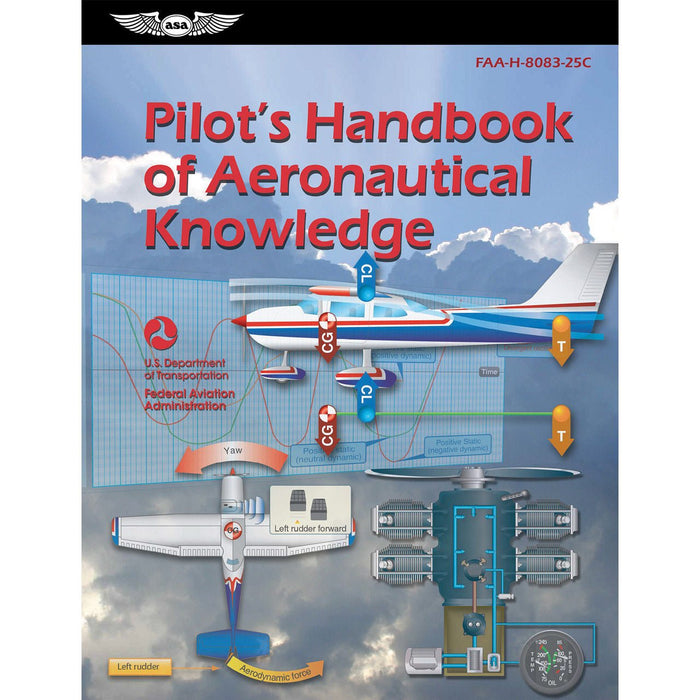
|
Pilot's Handbook of Aeronautical KnowledgeProviding basic knowledge essential for all pilots, from beginning students through to the advanced certificates, this Federal Aviation Administration (FAA) publication introduces readers to the broad spectrum of knowledge required as they progress through pilot training. |
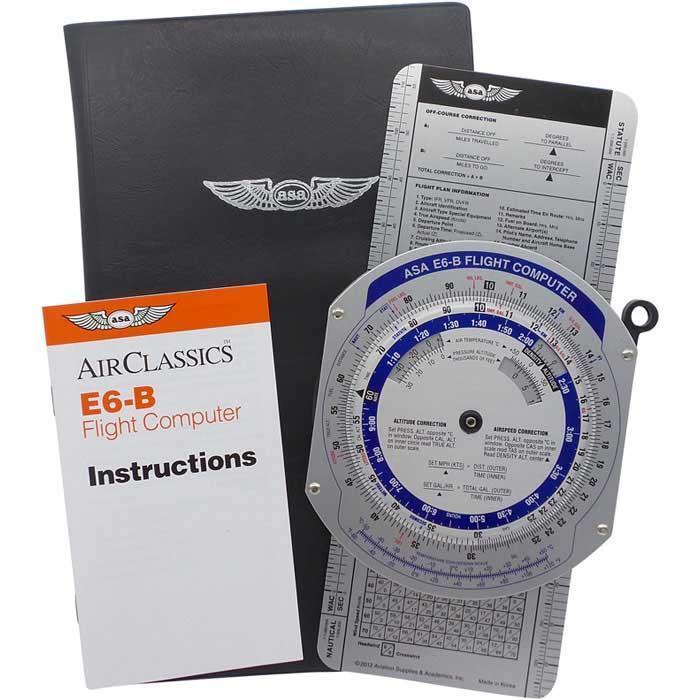
|
ASA Color E6BASA's Color E6B takes the standard "whiz wheel" manual flight computer and updates it with striking color accents. |
If you will be flying over water for an extended period of time, remember to review the requirements for life rafts and life vests, then stock your aircraft with the appropriate gear.
11. Frequently Asked Questions
Remember:
Although in some ways a cross-country flight is just a like a shorter, local flight, there are differences. Set yourself up for success by spending plenty of time preparing and planning for the flight. Consider as many variables as possible including your aircraft’s capabilities and your own.
Know where you think your flight will take you and be aware of what is in that area and surrounding areas. When outfitting your aircraft, you will quickly realize the value of taking along redundancies of crucial items and of adding in extra kit that you haven’t taken on shorter flights but that could easily come in handy or even save your life on a cross-country flight.
Cross-country flights, especially solo cross-country flights are an exciting step in a new pilot’s journey and it is a step you will be well-prepared for if you just plan it out.
Want to learn more about aviation?
Our guides are designed to help student pilots become professional pilots and for private pilots to brush up on their knowledge and skills.
-
15 Aviation Acronyms & Abbreviations Every Pilot Should Know
-
True Course vs True Heading vs Magnetic (How Are They Different?)
Did you find this article helpful?
Do you think we missed anything important? Let us know in the comments below!














